Architecture is more than just designing buildings; it’s about shaping spaces that inspire, connect, and endure. For architects, students, and enthusiasts, books are timeless guides that offer insights into design philosophies, technical principles, and the stories behind iconic structures.
In this article, we explore a curated selection of must have architecture books that cover everything from foundational theory to modern trends. Whether you’re seeking inspiration, practical knowledge, or a deeper understanding of architecture’s impact on society, these books are essential additions to your library.
Steelexplained.com participates in the Amazon Affiliate Program, so some external links on this page are from affiliates. Any purchase after clicking a link will result in a small monetary referral fee paid to Steelexplained.com at no cost to you. We really appreciate your support which allows us to continue running our website about steel structures and everything related.
1. Architecture: Form, Space, and Order by Francis Ching
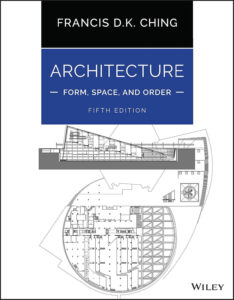
This book is a foundational guide to understanding the core principles of architecture. With its clear explanations and stunning illustrations, it simplifies complex ideas about form, spatial relationships, and design elements. Ideal for both beginners and seasoned professionals, it remains a go-to reference for visualizing and conceptualizing architectural concepts.
It’s important to recognize that architecture isn’t just about buildings, or even the techniques used to construct them. At its heart, architecture is about space—how we shape, experience, and interact with it. Space is the core of design, with construction knowledge playing a supporting role throughout the process.
2. Building Construction Illustrated by Francis Ching
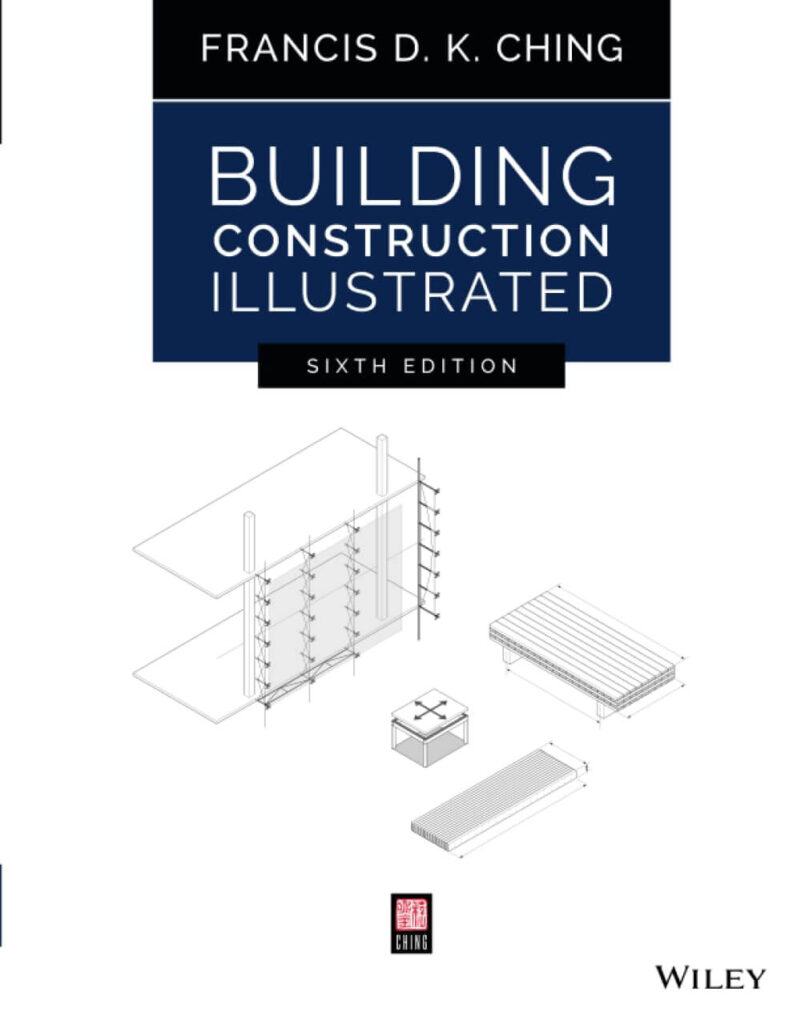
A comprehensive visual guide to the principles of building construction, this book covers everything from materials to structural systems. Francis Ching’s signature illustrations make complex construction techniques easy to grasp, making it an essential resource for architects, students, and builders alike. Perfect for bridging the gap between design and practical execution.
3. The Image of the City by Kevin Lynch
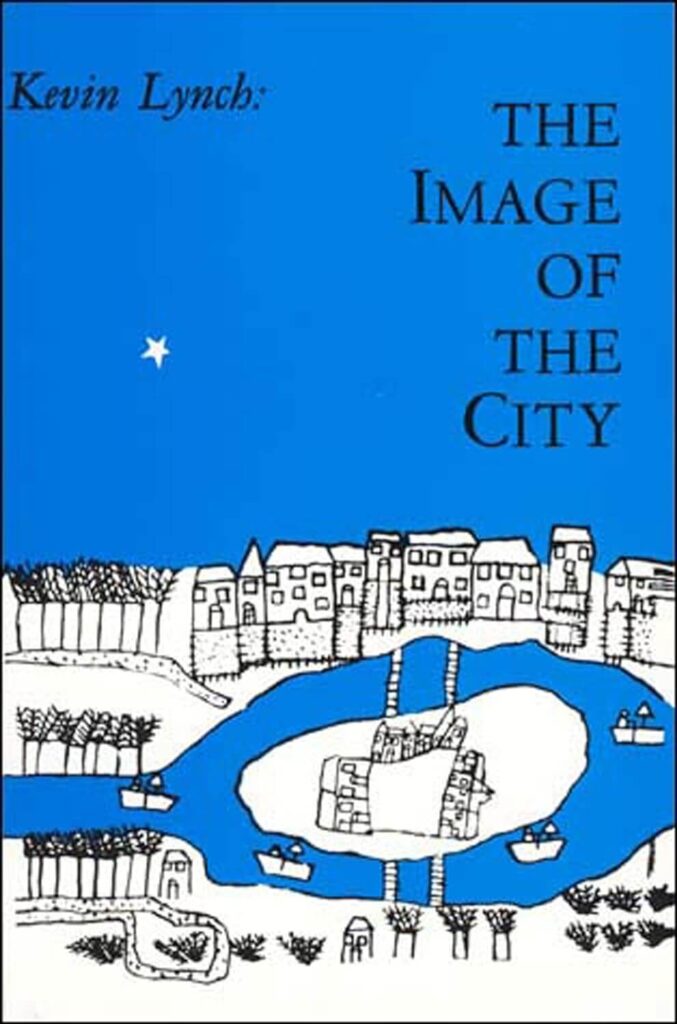
This groundbreaking book explores how people perceive and navigate urban environments. Kevin Lynch introduces key concepts like legibility, paths, and landmarks, making it an essential read for architects, urban planners, and anyone interested in city design. Clear, insightful, and timeless, it’s a must-have for understanding the human experience of cities.
4. The Architecture of Happiness by Alain de Botton
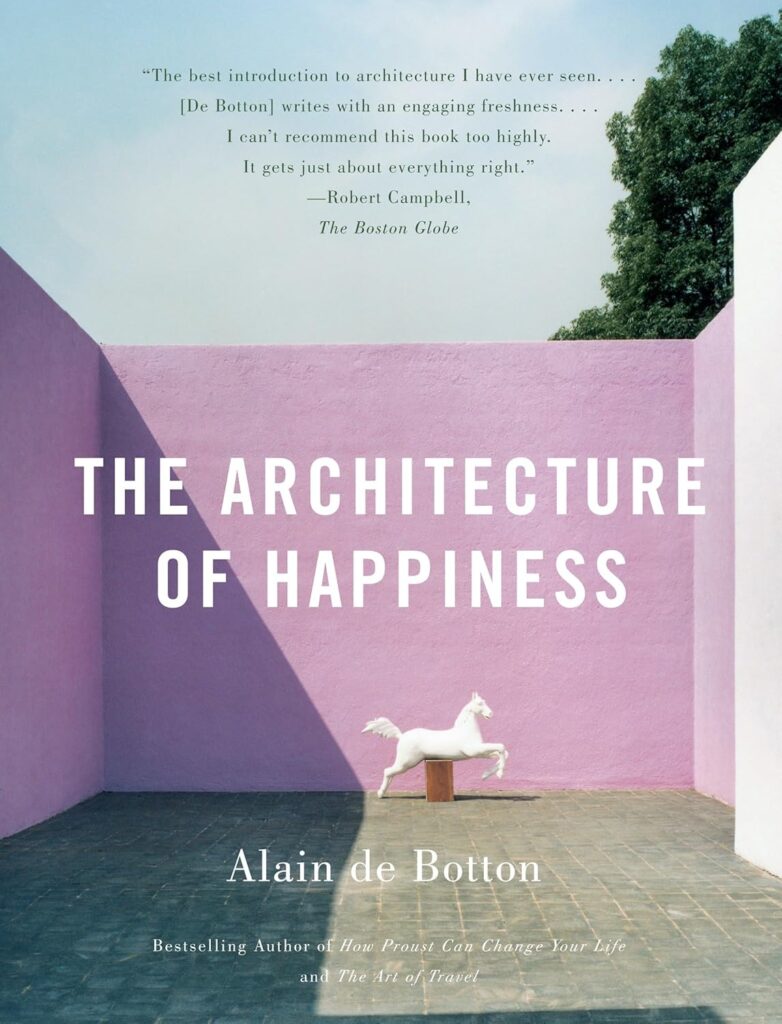
This thought-provoking book delves into the emotional impact of architecture and how the built environment shapes our well-being. Alain de Botton blends philosophy and design to explore what makes spaces feel meaningful and beautiful. A must-read for anyone passionate about the deeper connection between architecture and human happiness.
5. The Architect’s Studio Companion: Rules of Thumb for Preliminary Design by Edward Allen and Joseph Iano
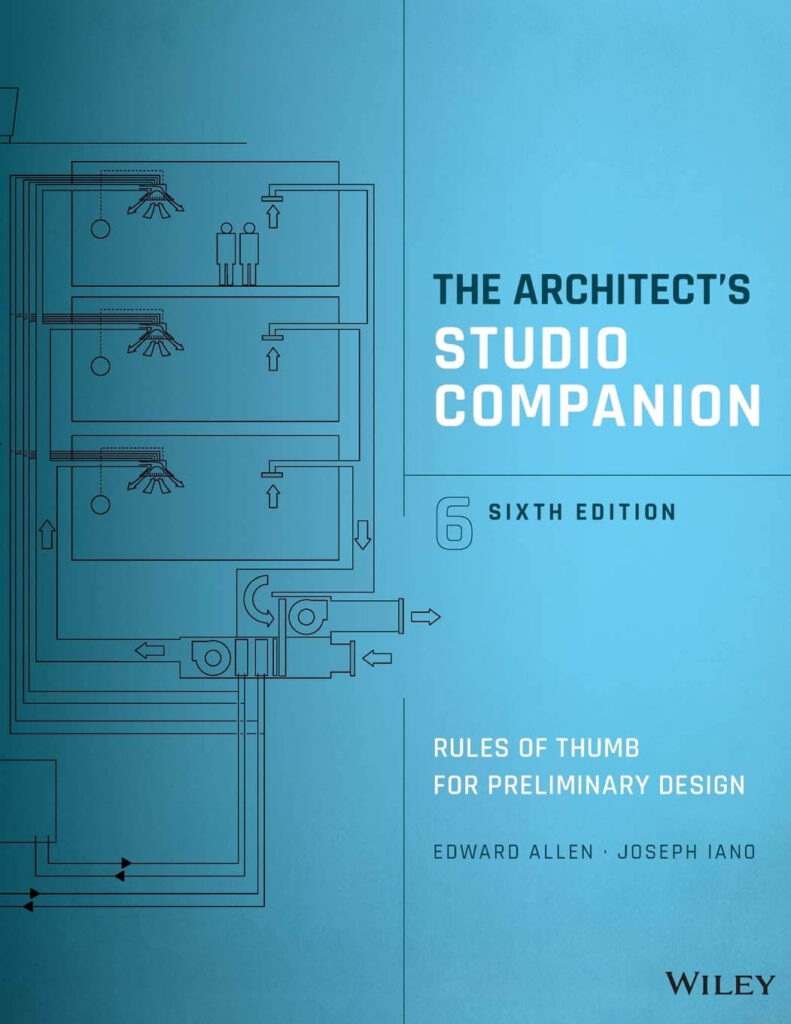
This practical guide is a trusted resource for architects during the early stages of design. Packed with helpful “rules of thumb” and concise technical data, it supports quick decision-making on structural systems, building codes, and environmental considerations. Perfect for streamlining preliminary design processes.
6. Architects’ Data by Ernst Neufert
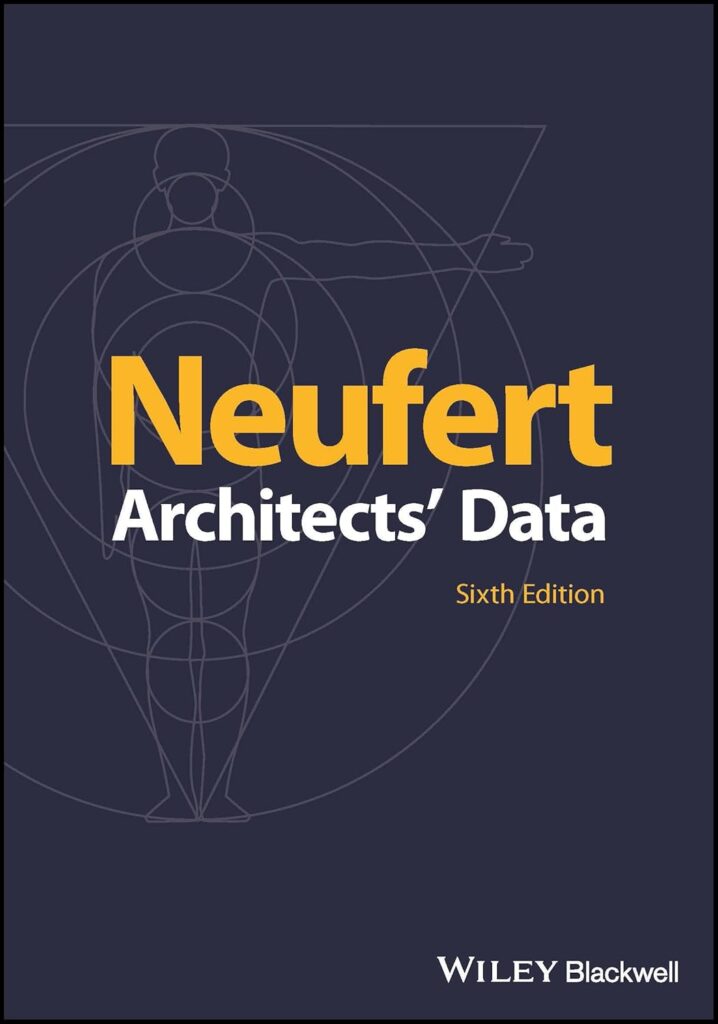
A classic reference book, Architects’ Data provides comprehensive guidelines on building design, space planning, and technical standards. Renowned for its detailed diagrams and tables, it’s an indispensable tool for architects and designers seeking quick access to essential design data for a wide range of building types.
7. Experiencing Architecture by Steen Eiler Rasmussen
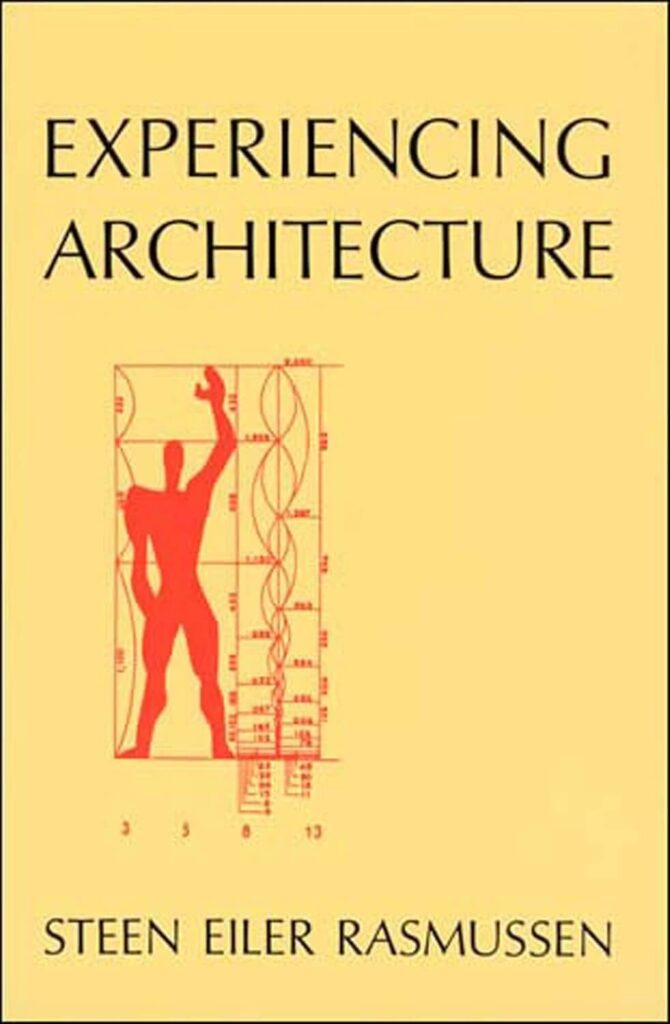
This timeless book invites readers to explore architecture through the lens of sensory experience. Steen Eiler Rasmussen examines how spaces, materials, and light influence our perception and emotions. Thoughtful and engaging, it’s an inspiring read for anyone looking to deepen their appreciation of architectural design.
8. 101 Things I Learned in Architecture School by Matthew Frederick
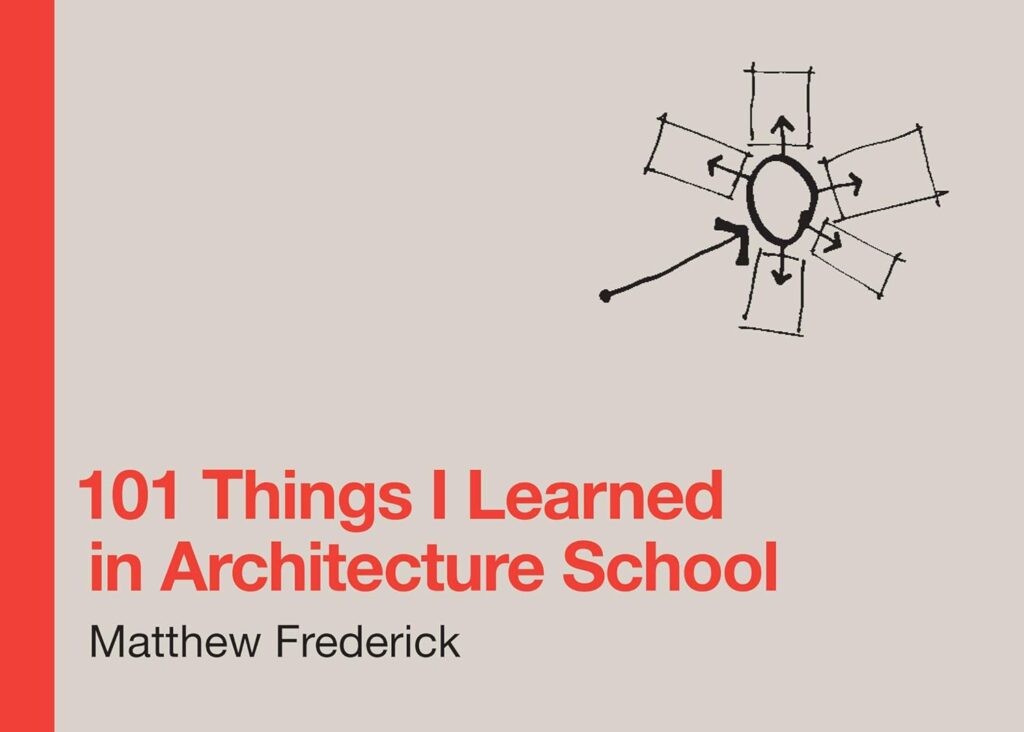
This compact and visually engaging book offers valuable lessons on design, drawing, and architectural thinking. With its straightforward tips and illustrations, it’s a perfect resource for architecture students and professionals seeking practical advice and inspiration in an easy-to-digest format.
9. A Pattern Language: Towns, Buildings, Construction by Christopher Alexander
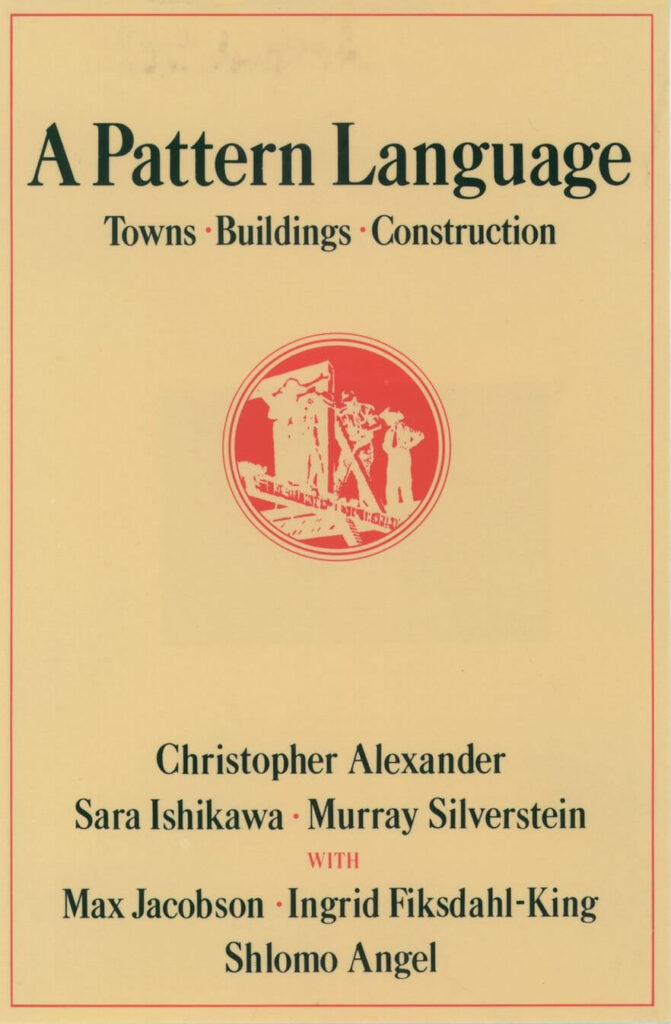
This influential book presents a comprehensive collection of design patterns that promote harmony in architecture and urban planning. Christopher Alexander’s approach encourages the creation of spaces that foster community and well-being. A must-have for architects and designers looking to integrate timeless, human-centered design principles into their work.
10. From Bauhaus To Our House by Tom Wolfe
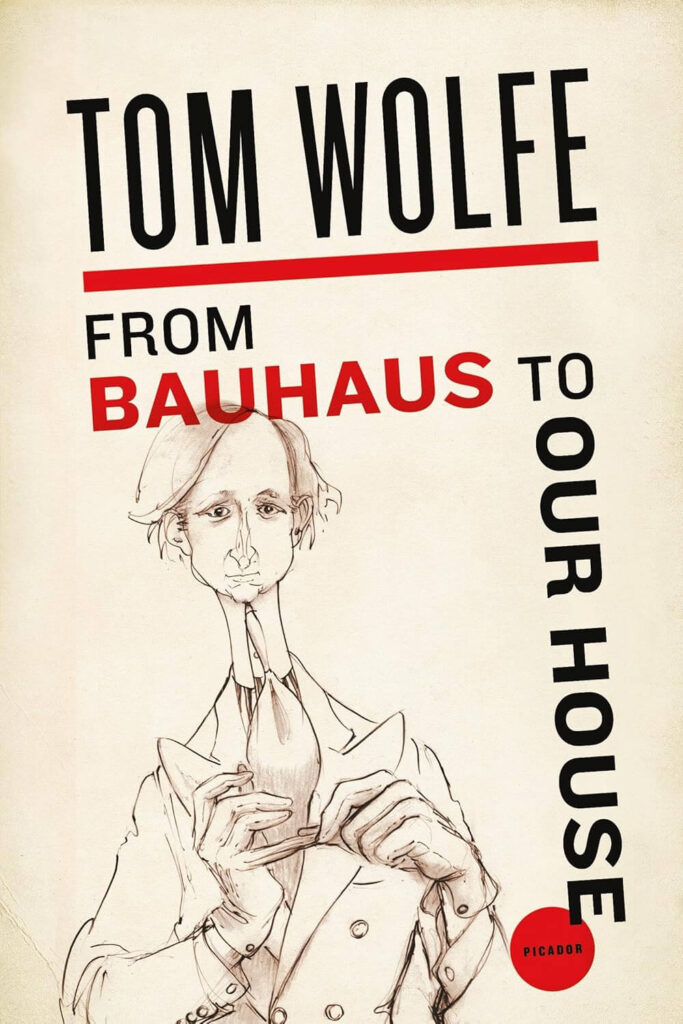
In this engaging and witty narrative, Tom Wolfe explores the profound impact of the Bauhaus movement on modern architecture and design. With a blend of history and critique, he illustrates how the Bauhaus philosophy reshaped the built environment. A captivating read for those interested in understanding the origins and legacy of modernist architecture.



